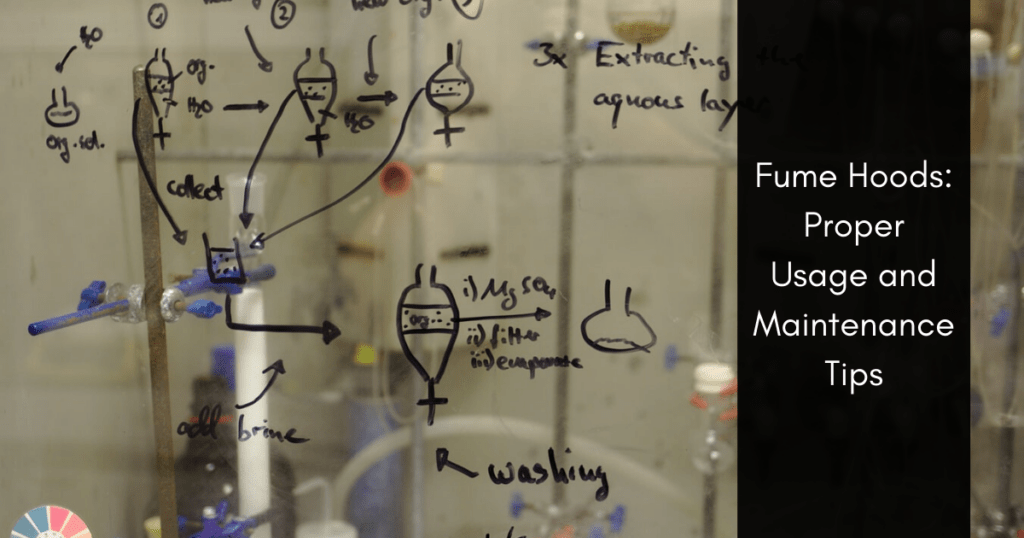
Fume hoods are an important part of any laboratory. Aiding in ventilation, these exhaust systems help remove harmful chemical fumes from the air (for instance, during radiolabeling or GMP synthesis) to better ensure the safety of scientists and personnel. Fume hoods are a crucial part of maintaining clean room standards and can prevent an excess amount of vapor, aerosol, gases, and dust from accumulating in the air.
However, the effectiveness of a fume hood is only as good as how well it's maintained. It's recommended that fume hoods undergo a yearly inspection by an independent certifier to ensure this equipment is functioning correctly and meets all Cal/OSHA specifications. Aside from these inspections, here are a couple of tips you can use right now to help keep your hood operating correctly.
Tips for Maintaining Your Fume Hood
- Check for Air Disturbance
Disturbances in airflow can affect your fume hood and make it less effective. Placement should be considered seriously when installing your unit and should be taken into consideration. Entryways and windows, pedestrian traffic, fans, supply air diffusers, and vents should all be kept in mind. Anything that interferes with or influences airflow should be avoided to ensure that proper containment is achieved and that the hood can function as designed. Additionally, it’s important to avoid or limit quick motions around the hood, as this can also create disturbances in the air. - Minimize Exhaust Obstruction
Before you start working with radiolabeled compounds or any potentially harmful materials, check to make sure the exhaust is working properly. To do this, check the partitions on the back of the hood for obstruction, and use an airflow monitor during use to help detect any changes in ventilation and airflow. - Follow All Recommended Procedures
To ensure your fume hood continues operating efficiently, it’s important to understand specific procedures required. If using a large apparatus, make sure the equipment is elevated to ensure air can flow beneath it. Unless you are working on the hood or setting up an apparatus, always ensure the hood is closed. Keep equipment and containers at least six inches away from the fume hood's face. In addition, keep the hood sash closed if possible, except in the event of a power outage (wherein it should be lowered). This helps create a chimney effect that allows for air to continue to flow into it. When working with light materials like paper, aluminum, or cleaning wipes, make sure they don’t get sucked into the vent. Finally, if your lab is using a benchtop fume hood, you can take advantage of the sliding sash barrier. This allows you to keep your face outside of the area, and can better protect you from fumes, vapors, and other potentially harmful inhalants. - Utilize Proper Cleaning Techniques
Ensuring that proper servicing and maintenance is conducted is another way you can help your fume hood function effectively. A fume hood doesn’t double as GMP storage. Make sure to never store anything either in the hood or close to it. Not only can contamination risks be increased, but storage can interfere with airflow. If your fume hood is ductless, be sure to check the filters consistently to ensure they don’t need replacement or cleaning. Take time to check for turbulence in the unit, as well as deviated or obstructed airflow. If something is spilled, make sure the area is cleaned quickly, as well as that the hood is wiped thoroughly as well.
Fume hoods are important for any laboratory and ensuring they continue operating effectively can not only prevent unnecessary loss of production, but they can help you meet clean room standards and keep staff safe.
If you have any questions about operating your fume hood, reach out to your manufacturer or independent certifier for more important information. These professionals will be able to answer any additional questions that you may have.
